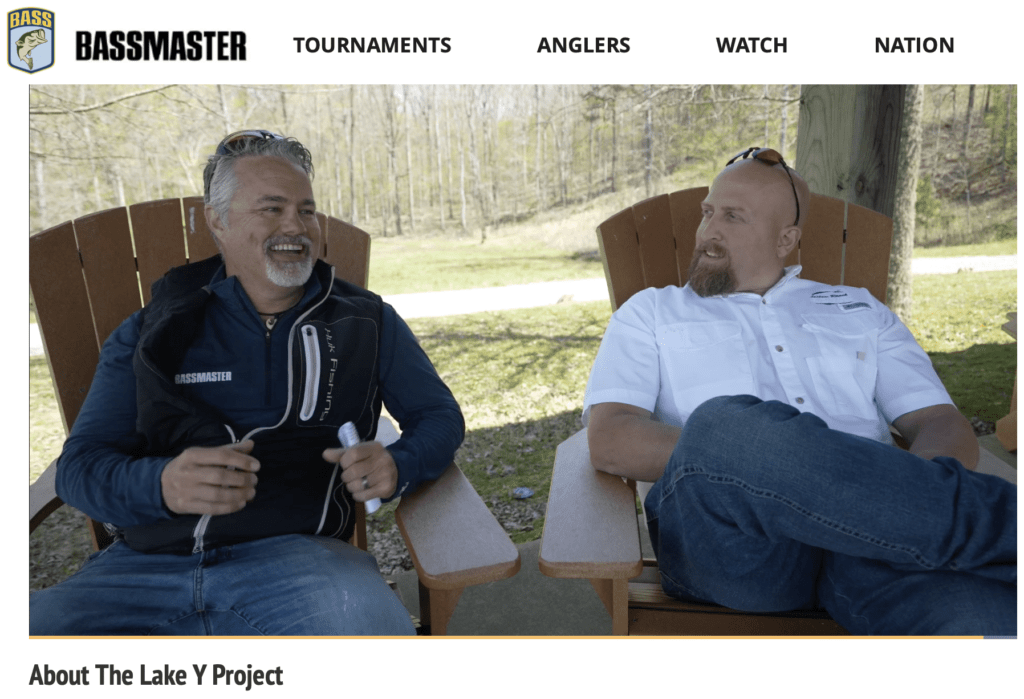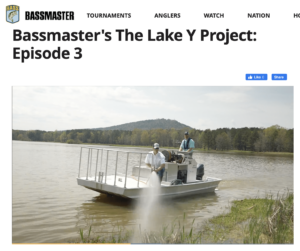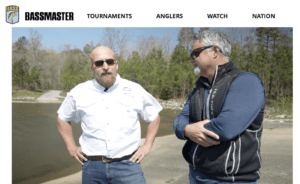By Lochow Ranch
The third installment of our video venture “The Lake Y Project” with Bassmaster is short but important and focuses on water clarity and vegetation management.
Lochow Ranch president John Jones is quick to tell James Hall, editor-in-chief of Bassmaster Magazine, that all water’s not created equal as the two continue their conversation about how to transform an average lake into a fishing paradise. You can see Episode 3 here.
 “We try to use water clarity to our advantage,” John says. “The perfect bass lake would have somewhere around 18 to 24 inches of visibility. The water would be a dark green color, nothing floating on top of the water. That would produce a lot of phytoplankton, grow a lot of baby fish and, importantly, shade out submerged weeds after a certain depth. We like to reduce light penetration.”
“We try to use water clarity to our advantage,” John says. “The perfect bass lake would have somewhere around 18 to 24 inches of visibility. The water would be a dark green color, nothing floating on top of the water. That would produce a lot of phytoplankton, grow a lot of baby fish and, importantly, shade out submerged weeds after a certain depth. We like to reduce light penetration.”
Lake Y, an anonymous 56-acre creek-fed lake in Alabama, has suboptimal water clarity, John says. “Certainly, it’s not horrible,” he explains. “We’ve had many, many lakes with 1 inch or less of visibility. Those lakes are generally very unproductive.”
For really “choked” lakes, you’ll find three main categories of pond weeds, he says: emergent plants such as cattails; submerged plants such as hydrilla; and floating plants such as the white water lily.
When designing a new lake, John likes to plan for 20-30 percent vegetation coverage. “That’s not always possible,” he says.
As he examined Lake Y, John says, “This is a very common plant community for a lake that’s got probably, honestly too many grass carp in it.”
Adding grass carp are an inexpensive route that lake owners often take to reduce submerged pond weeds, he says. “I like to say using grass carp to control your lake is like using goats to mow your yard,” he says. There are pros and cons.
Used correctly, they’re an affordable way to reduce submerged pond weeds at a tiny fraction of the cost of herbicides, and are a great tool with proper fencing and management. But unmanaged they will almost always cause a crash in your bait fish and bass conditions in the longer term.
John identified mainly woody, dense-type species of pond weeds that grass carp don’t like such as water willow and milfoil. He also pointed out emergent cattails in the dam area that could attract beaver dens and secretly damage the dam.
 John says he’d add a couple of plant species that are easy to fish, not too invasive, would thrive and be easy and inexpensive to treat, as well as being preferred by grass carp. He says using EPA-approved herbicides or algaecides around the dock areas – which are almost always too dense – is optimal for anglers of all skill levels.
John says he’d add a couple of plant species that are easy to fish, not too invasive, would thrive and be easy and inexpensive to treat, as well as being preferred by grass carp. He says using EPA-approved herbicides or algaecides around the dock areas – which are almost always too dense – is optimal for anglers of all skill levels.
As lake owners keep a close eye on weeds, they also need to be aware of harmful or invasive species, he adds. States are already responding to problems that private owners aren’t seeing yet, but most likely will.
John started his assessment of Lake Y in the first episode with a walkabout, identifying overall problems and opportunities, then followed in the second episode with an electrofishing survey to reveal the lake’s fish population.
Follow us on Instagram, Facebook or Twitter to see the progress in Lake Y in coming weeks.
Interested in getting your own pond assessment? Get in touch to schedule yours today!
Why Choose Lochow Ranch for Pond & Lake Management
Serving Texas, Oklahoma, Arkansas and Louisiana, Lochow Ranch Pond & Lake Management proudly puts more than two decades of experience to work for you. Our team includes biologists, technicians and other professionals with deep expertise in pond and lake management services.
Check us out if you are considering building a lake, looking for pond stocking services, to buy fish for a pond, or getting professional pond management and maintenance or fishery management. Our services include lake design, pond construction, pond renovation, pond water testing, electrofishing, pond stocking, control of pond weeds, and pond liming and fertilizing. Let us help you build your dream pond that will delight your family and friends for generations to come.

Recent Comments